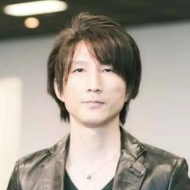Ryota Suzuki has been in the games industry for over two decades working on various action and fighting games. With Final Fantasy XVI as his latest project, let’s take a look at how he applied his experience and design approach to strike a balance between challenge and accessibility.
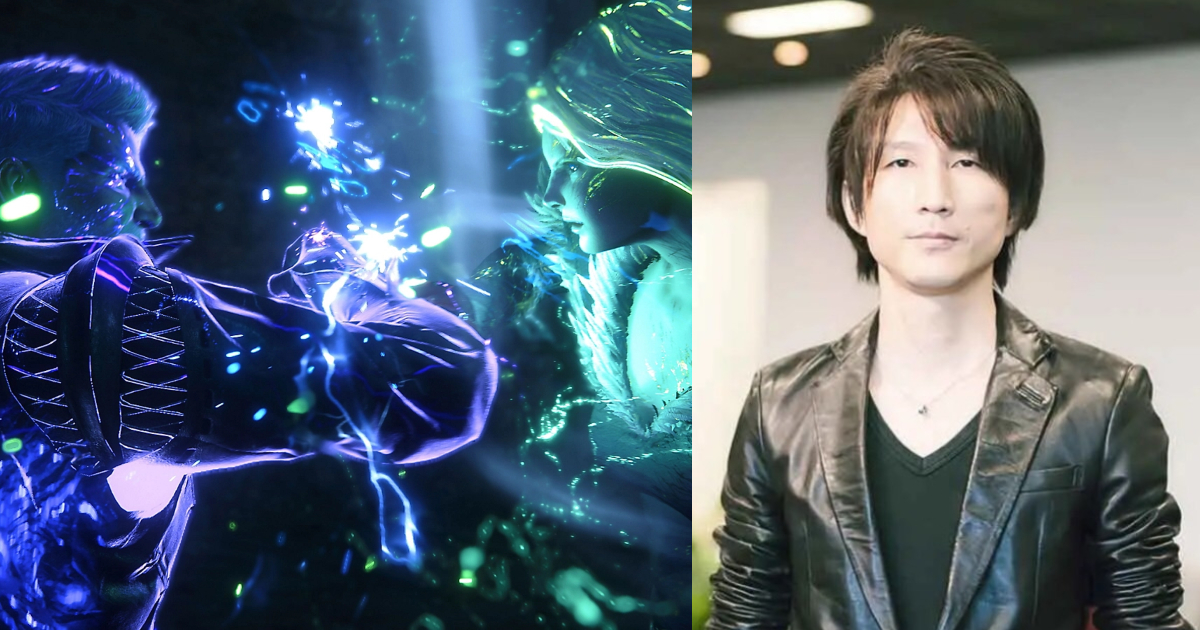
Ryota Suzuki (right), Image: LinkedIn
What games has Ryota Suzuki worked on before?
Suzuki has spent most of his gamedev career at Capcom. He joined the company in July 1998 as one of the test players for Street Fighter Zero 3. Early in his career, he also contributed to fighting games such as JoJo’s Bizarre Adventure and SPAWN in The Demon’s Hand.
Marvel vs. Capcom 2: New Age of Heroes and Capcom vs. SNK 2 became Suzuki’s first notable design works. Known as a hardcore arcade player, he was scouted by Capcom producer Noritaka Funamizu and eventually joined the team of “planners” responsible for the combat systems.
In an interview for the Capcom vs. SNK 2 Another Play Guide, Suzuki noted that he always preferred arcade versions of fighting games: “The home version does have online play, but I just find the arcade more appealing. There’s this unique atmosphere there, like you’re at some kind of event. And you can meet new friends.”
Suzuki’s other credits include Onimusha: Dawn of Dreams, Devil May Cry 4, and Ultimate Marvel vs. Capcom 3, with his roles ranging from battle design to effects design. On top of that, he was one of the programmers on Monster Hunter: World.
Later on, Suzuki served as gameplay player lead on Dragon’s Dogma and game design lead on the Dark Arisen expansion. He also contributed to designing Devil May Cry 5 before leaving Capcom in 2019.
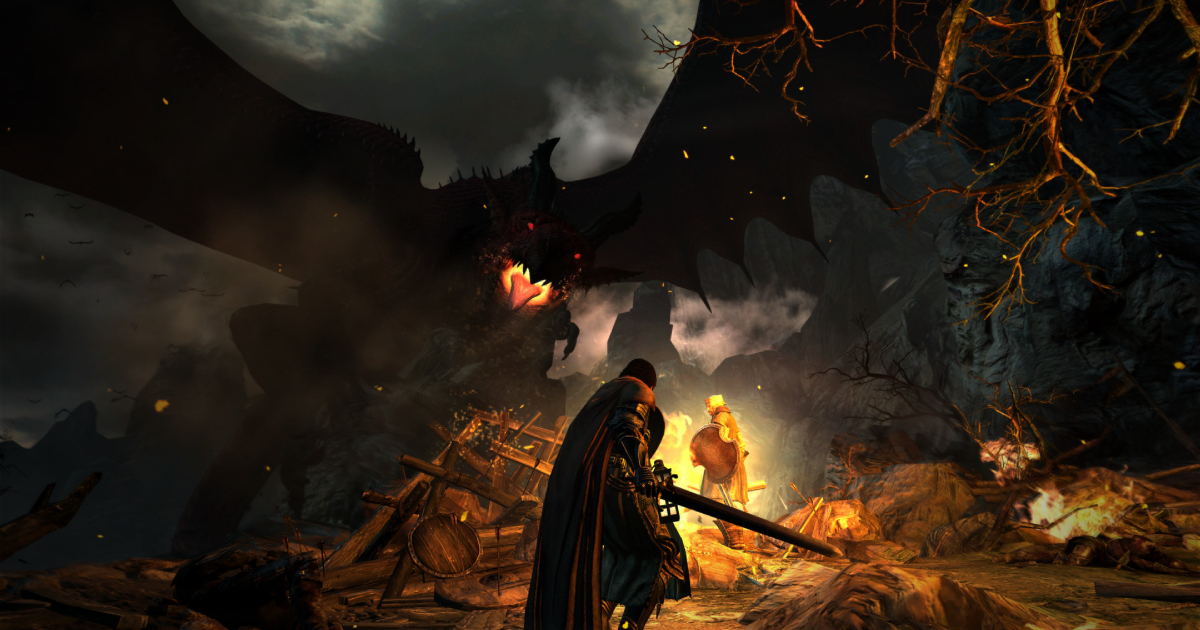
Dragon’s Dogma: Dark Arisen
Applying his action design approach to Square Enix’s RPG know-how
In 2020, shortly after joining Square Enix as battle director, Suzuki noted that one of his main goals was to use his experience in the action genre to transform the company’s approach to designing RPG combat systems. Although he acknowledged that Square Enix has a lot of know-how when it comes to turn-based titles, it was time to step up and make action-heavy real-time battles.
I may be exaggerating, but nowadays there is a tendency to say that 'turn-based battle design itself is outdated.' Overseas, these titles are called JRPGs, and relatively older users play them without hesitation, but the younger generation, raised by GTA and FPS games, has a fairly high resistance to command-based battles. For example, I feel uncomfortable when the enemy in front of me just stands and waits for the player to select a command. Battle director of Final Fantasy XVI
That’s why Suzuki wanted to create a system that would allow Square Enix to develop “high-quality RPGs with world-class action elements.”
His approach was also echoed by Final Fantasy XVI director Hiroshi Takai, who elaborated on the title’s action-heavy gameplay in an interview with the Paste Magazine: “If you create an action game, you don’t have to create it for one type of group, you’re creating it for the whole world. And so it’s easier to create a great action game that’s appealing to everyone than a turn-based game that’s appealing to everyone.”

When working on FFXVI, Suzuki also drew a lot from games he had previously worked on. For example, he reimagined the Assist mechanic from Marvel Vs. Capcom 2 and applied it to the game’s wolf companion Torgal that can take part in battles and follow the main character’s commands. This also allowed the devs to add more special moves and combos that might feel loosely familiar to MvC2 players. “That’s not necessary, but players, if they have the skill, would be able to pull off in of those base foundations,” Suzuki told Game Informer.
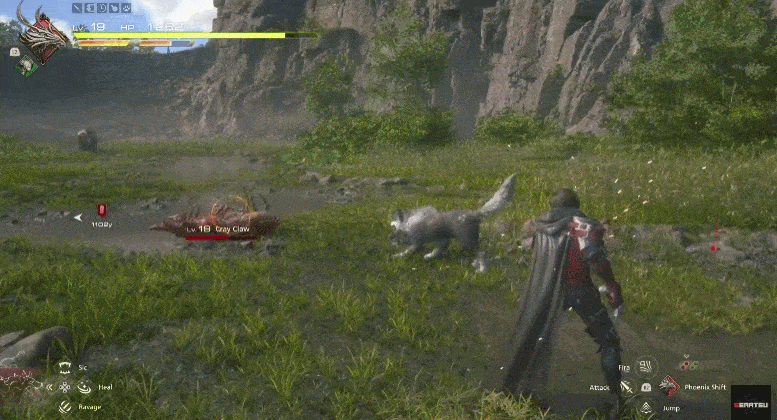
Torgal taking part in the fight (Source: Gematsu)
Making the combat system as accessible as possible without Easy Mode
Shortly before the launch of Final Fantasy XVI, Suzuki called the game his “own personal masterpiece.” He and the team wanted to design a combat system that would appeal even to those with little experience in the action genre.
“We put priority in designing the game’s battle system to appeal to those who previously have not played or are not well versed in action games,” Suzuki said, adding that FFXVI will give players a chance to “experience the allure that an action game can bring.”
Suzuki Ryota’s message from the Final Fantasy XVI Japanese live letter was enlightening- he says that throughout his entire career designing action games for the past 25 years, he truly thinks FF16 is his own personal masterpiece.
I added English subs to his heartfelt message! pic.twitter.com/LlXKzAAn2C
— ☆オードリーAudrey☆ (@aitaikimochi) June 18, 2023
However, neither Suzuki nor other leads wanted to add standard difficulty settings to Final Fantasy XVI (except for a special story-focused mode). Instead, the team introduced the Timely Accessories system, which allows players to use special items to make certain gameplay elements easier (e.g. one-button combo imputs or easier evasion).
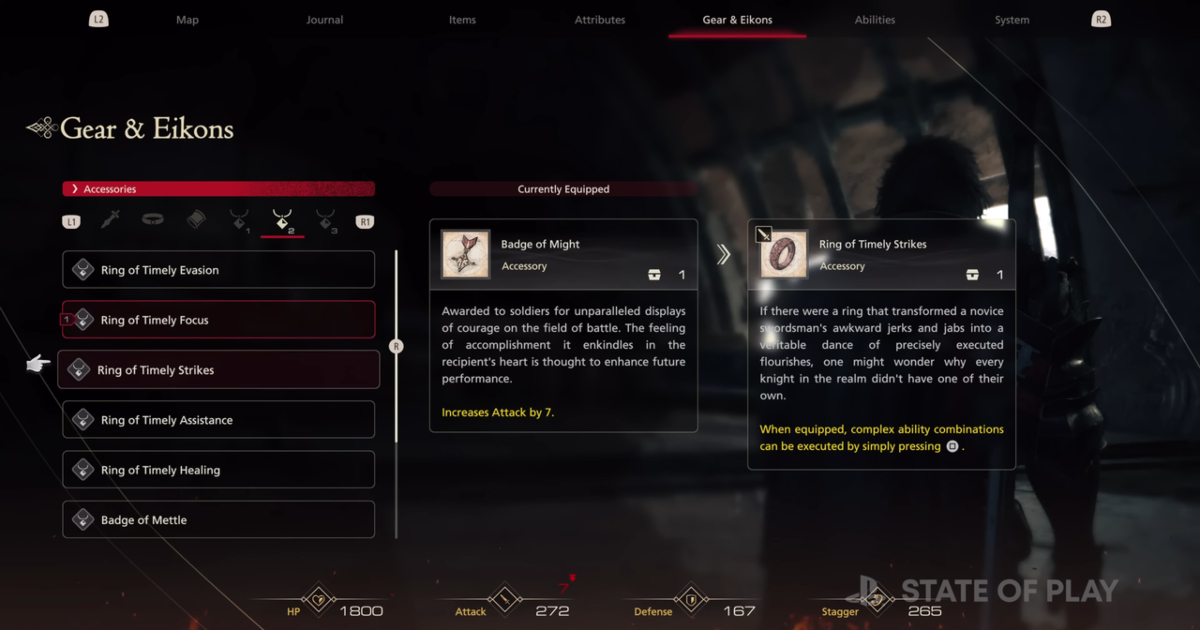
Suzuki wanted FFXVI to appeal to both new and old audiences. As he told Inverse, during his long-lasting career, he has learned all the things that people usually struggle with in action games. So he was able to split these challenges into different groups and find the right balance for different players.
This type of thing is difficult for some players, this type of thing is difficult for other players. Once I knew what was going to be difficult for people, I could make separate systems that would help make combat more accessible, without changing the overall base difficulty. Battle director of Final Fantasy XVI
At the same time, Suzuki wanted Final Fantasy XVI to have a high ceiling for hardcore players, “something that would test their abilities and techniques as well.” So the game’s combat system should be easy to understand, because the devs knew that FFXVI might be a first action title for some fans of the series, but should also be challenging for experienced users — for example, through removing those timely accessories.
“What I learned at Capcom, spending all my time there working on action games, the 2D fighting games, games like Monster Hunter and Devil May Cry — taking all of the things that I learned from creating those type of action games, I was able to take the best parts of those and use them to create the battle system in Final Fantasy XVI,” Suzuki told Gematsu.
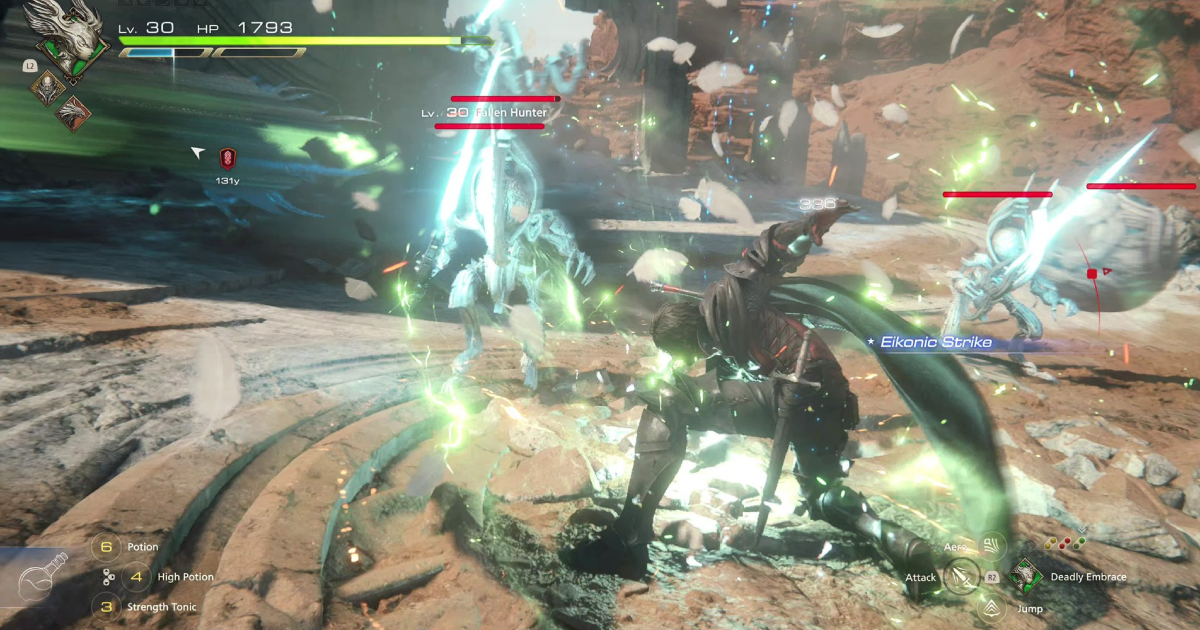
Launched on June 22, Final Fantasy XVI was met with positive reviews from players and critics, with an average score of 88/100 on Metacritic. Despite some criticism towards side quest design, many praised the game’s new combat system with the wide variety of combos and special attacks.

